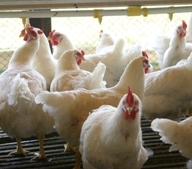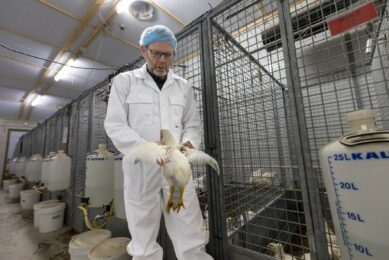Managing the paradox between reproduction and growth

Modern poultry production is based on high broiler growth performance within a limited time frame. And at the same time obtain as many eggs from the parent stock as possible. These two do not seem to easily match. Yet, good reproduction results are within reach. But that demands very adequate and precise management of the breeder flock.
In the world of broiler meat production, developments go quickly. The increase in broiler performance in commercial breeds has been tremendous. This performance is not only established in growth per day, but also in feed conversion, carcass yield, breast meat yield, mortality, leg quality, etc.
Unfortunately, selecting on one trait has often consequences for other traits that are not necessarily directly associated with the trait that we select on. One clear example is the influence of selecting for growth on reproductive performance. It is often assumed that there is a negative correlation between broiler and breeder traits, sometimes called the broiler-breeder paradox. This paradox states that if the broiler characteristics in a line improve, its reproductive capacity will be impaired. Although from a biological standpoint this is true, our modern broiler lines show a different picture. The genetic potential for growth and broiler characteristics has never been as high as on this moment, however it is not uncommon for most commercial broiler breeder flocks to have 85% peak production or more.
There are differences between the different breeds, but reaching 85 or even 90% peak of production is a level where 15 years ago people could only dream of. Geneticists that work in the different breeding companies, as well as for the research institutes and universities that have contributed to developing the tools that made these progresses possible, deserve great respect because they have been able to overcome the broiler-breeder paradox. But breeder farms must manage their flocks properly in order to meet with the goals that have to be achieved.
An extensive article on this topic is published in the nr 8 edition of World Poultry of this year, which will appear this month.
Join 31,000+ subscribers
Subscribe to our newsletter to stay updated about all the need-to-know content in the poultry sector, three times a week. Beheer
Beheer








 WP Admin
WP Admin  Bewerk bericht
Bewerk bericht